Pas de Deux, 2018 - 2019.
Giclée Prints on Hahnemühle Photo Rag, 21.0 x 29.7cm.
Working with found material from
medical journals produced on Hysteria, and self-defence guides produced for
women — Pas
de Deux
explores the complex relationship between subject, maker, and apparatus in
production of photographic imagery.
Pas de Deux, meaning “Dance of Two”, is a term borrowed from dance and traditionally sees the female dancer supported by a male partner for lifts, turns, and balancing steps — to create the illusion of stillness.
Despite these images being taken almost 100 years apart, the same patriarchal sentiments are still implied. Thinking through these patriarchal representations of women in visual culture, from “hysterical” to “aggressive”, Pas de Deux reframes the found imagery to offer alternate visual narratives. Denying the audience of the full image, cropping is used as a strategy to focus on the systems of power rather than the individual women themselves.
This work was developed as part of a three-month residency at Cité Internationale des Arts, Paris in 2017.
Awards
Shortlisted for FORMAT21 ‘Control’, 2020.
Pas de Deux, meaning “Dance of Two”, is a term borrowed from dance and traditionally sees the female dancer supported by a male partner for lifts, turns, and balancing steps — to create the illusion of stillness.
Despite these images being taken almost 100 years apart, the same patriarchal sentiments are still implied. Thinking through these patriarchal representations of women in visual culture, from “hysterical” to “aggressive”, Pas de Deux reframes the found imagery to offer alternate visual narratives. Denying the audience of the full image, cropping is used as a strategy to focus on the systems of power rather than the individual women themselves.
This work was developed as part of a three-month residency at Cité Internationale des Arts, Paris in 2017.
Awards
Shortlisted for FORMAT21 ‘Control’, 2020.
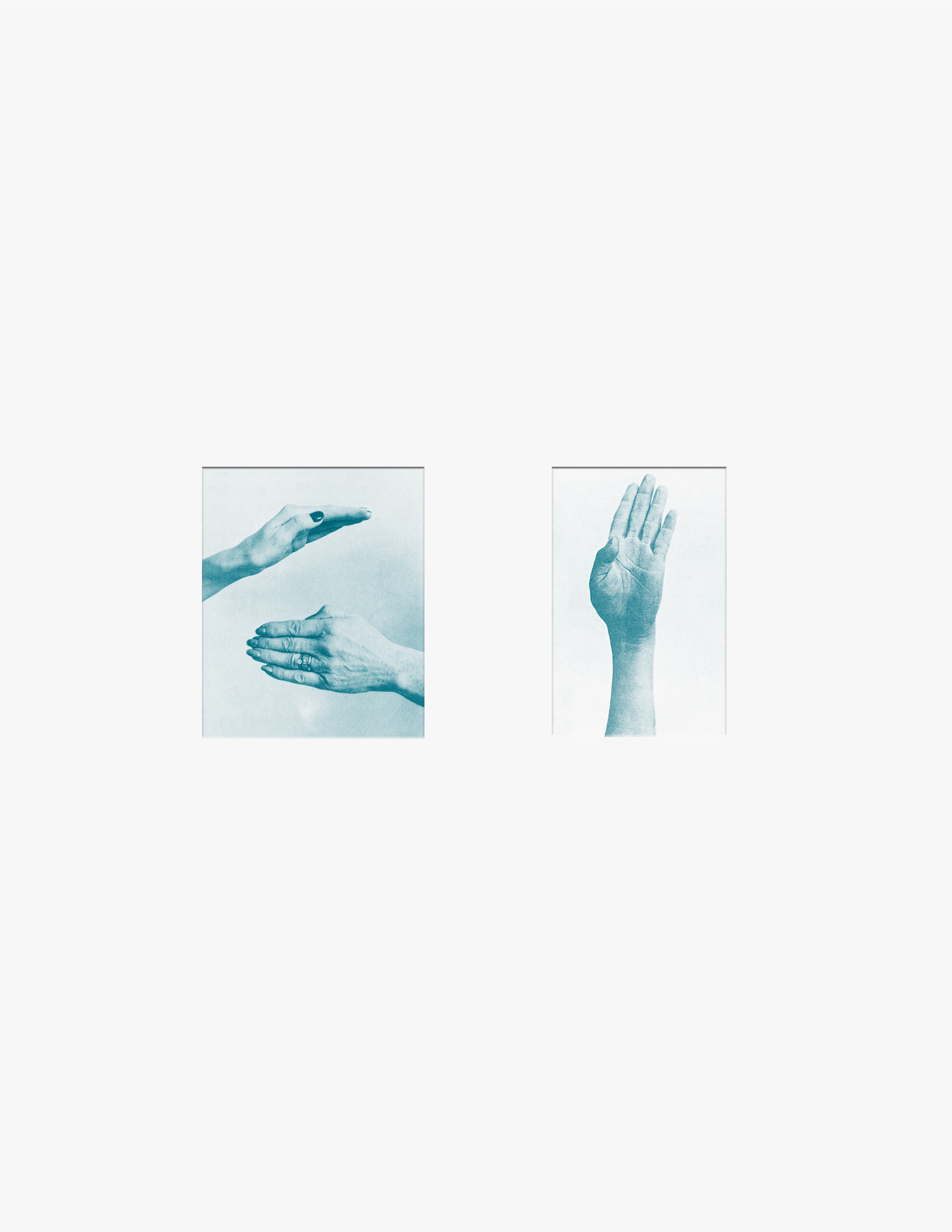
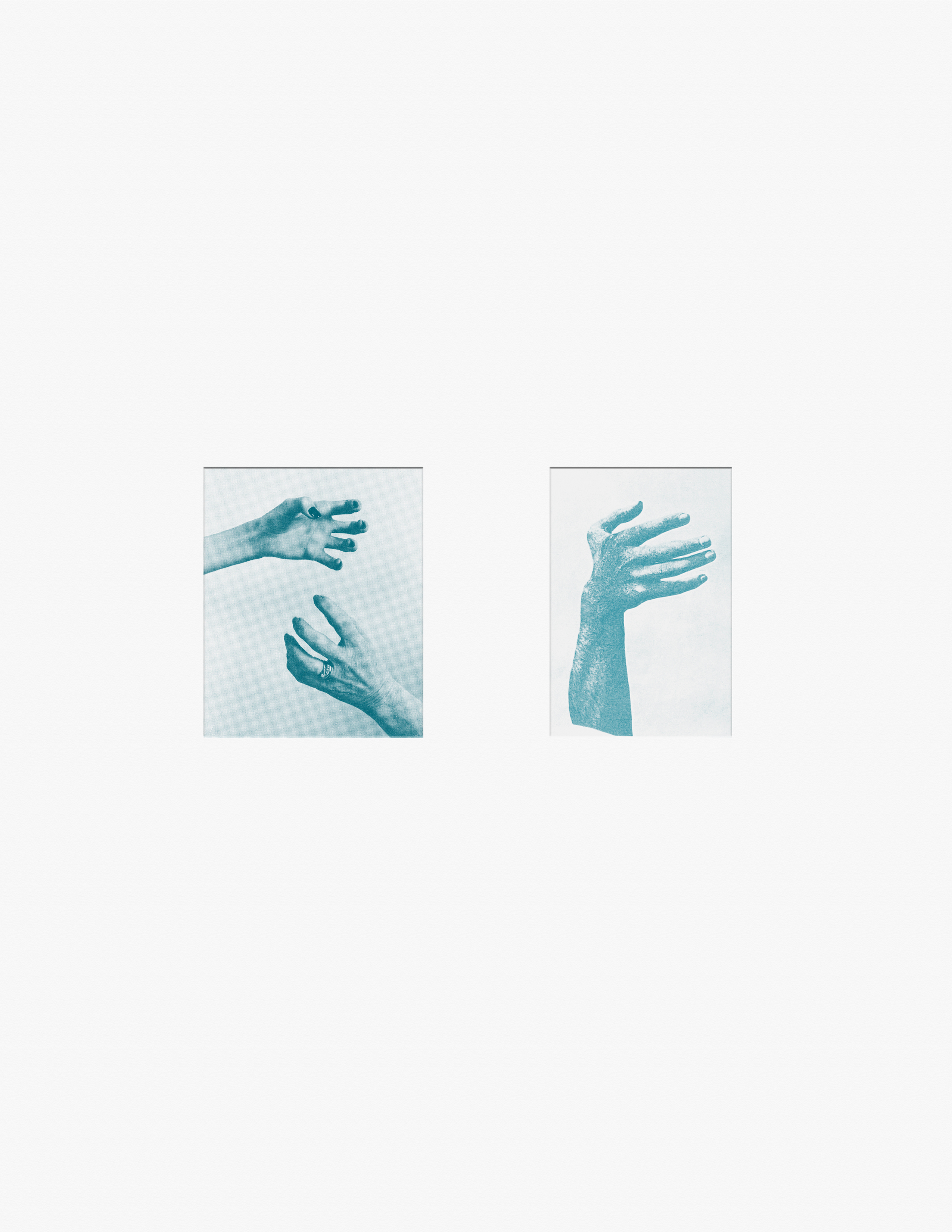
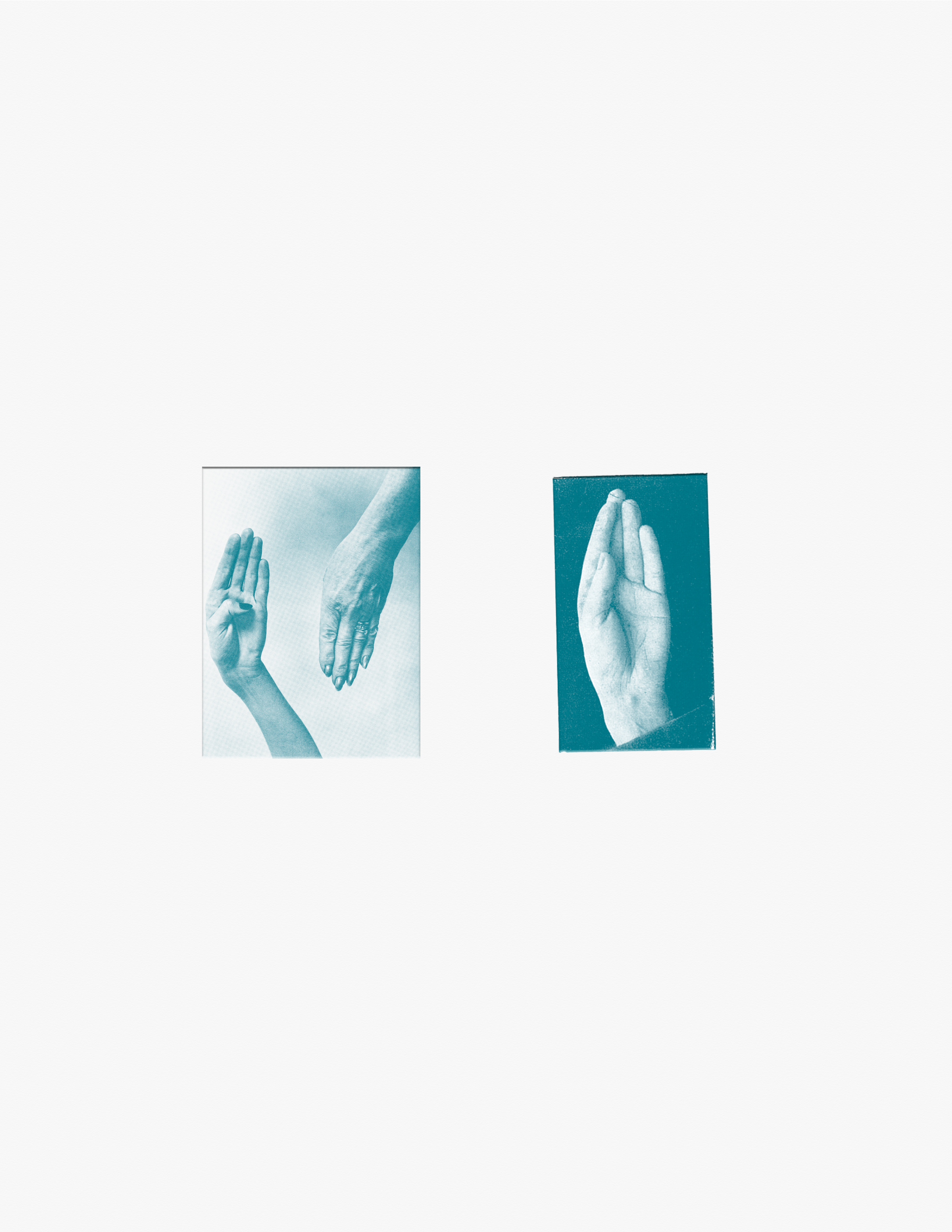

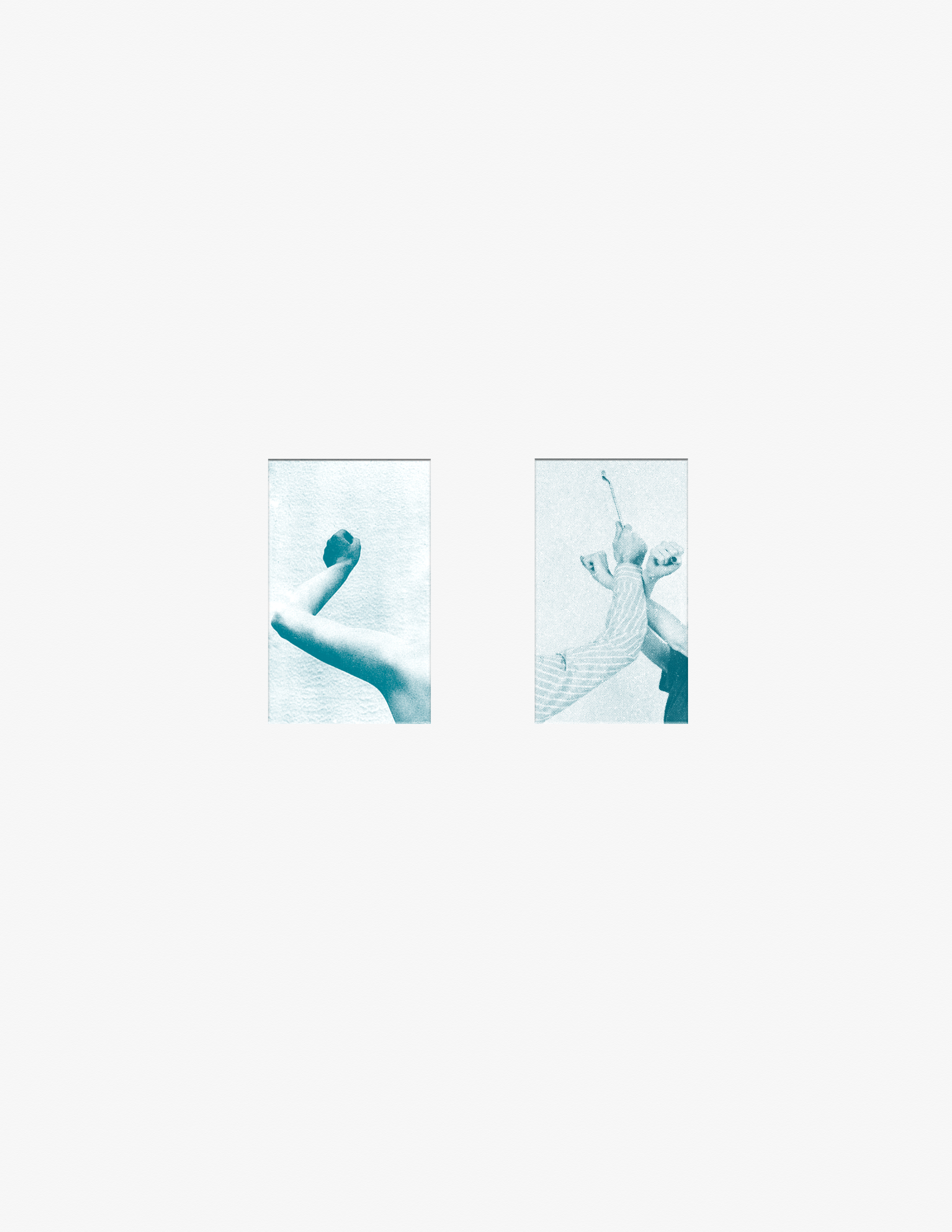
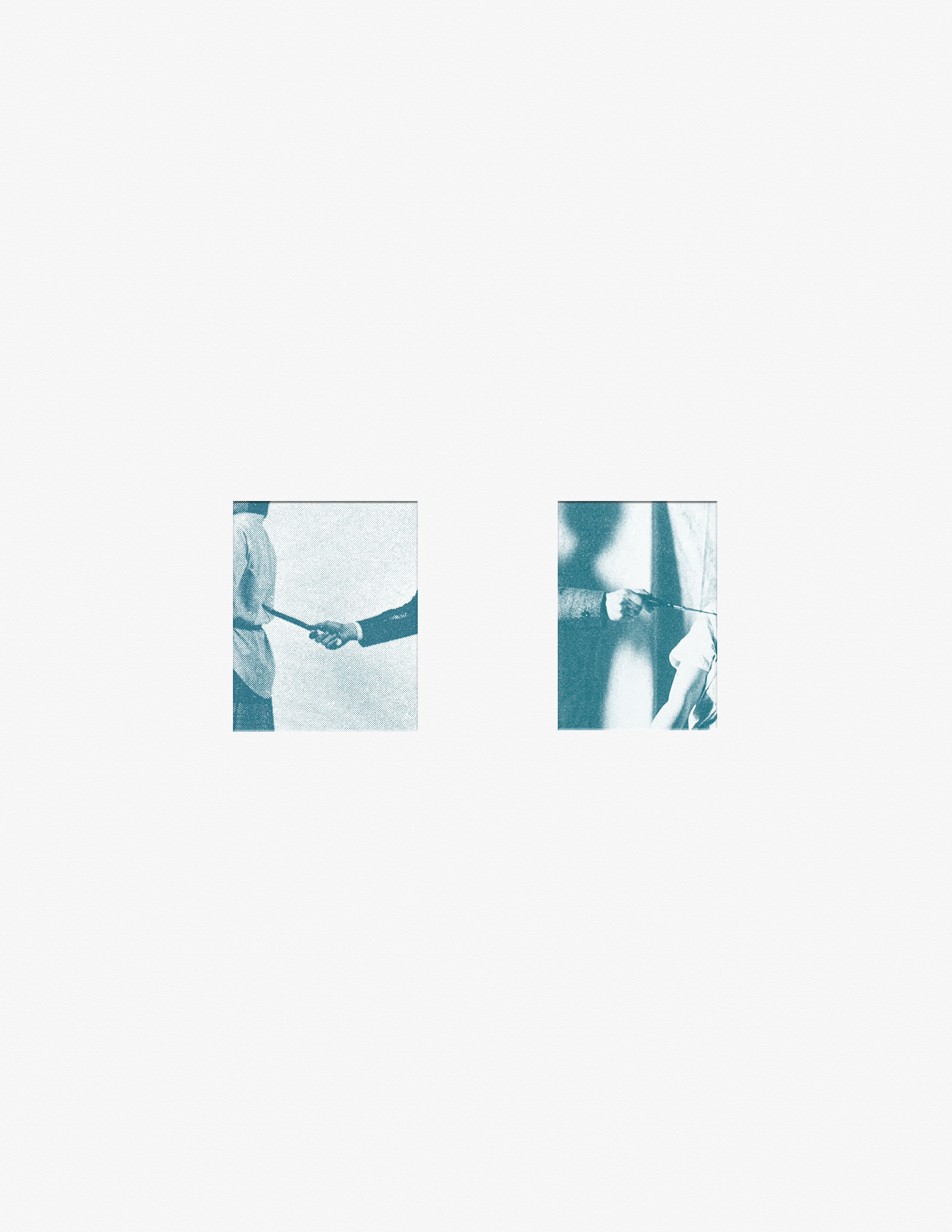
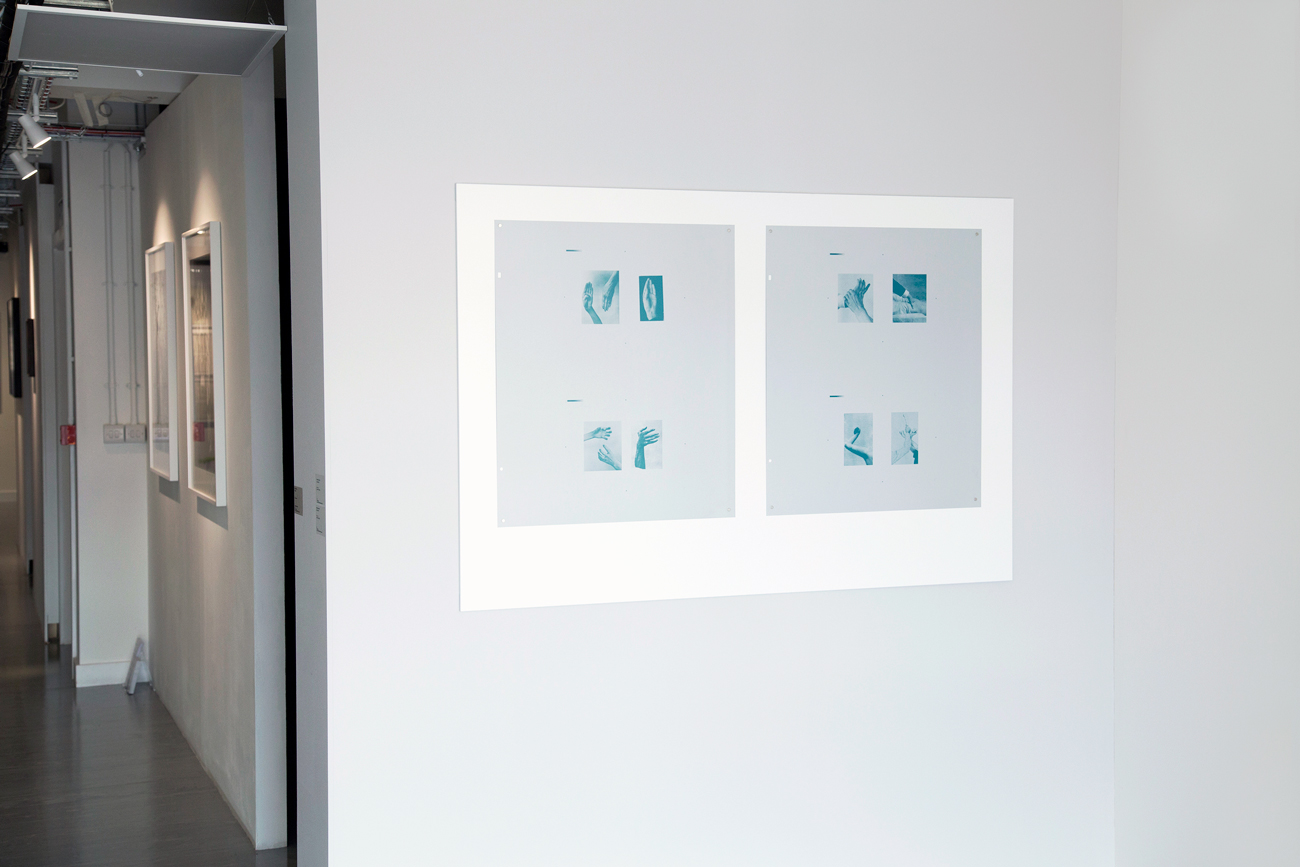 Show 2018, Royal College of Art Battersea, London. 2018.
Show 2018, Royal College of Art Battersea, London. 2018.